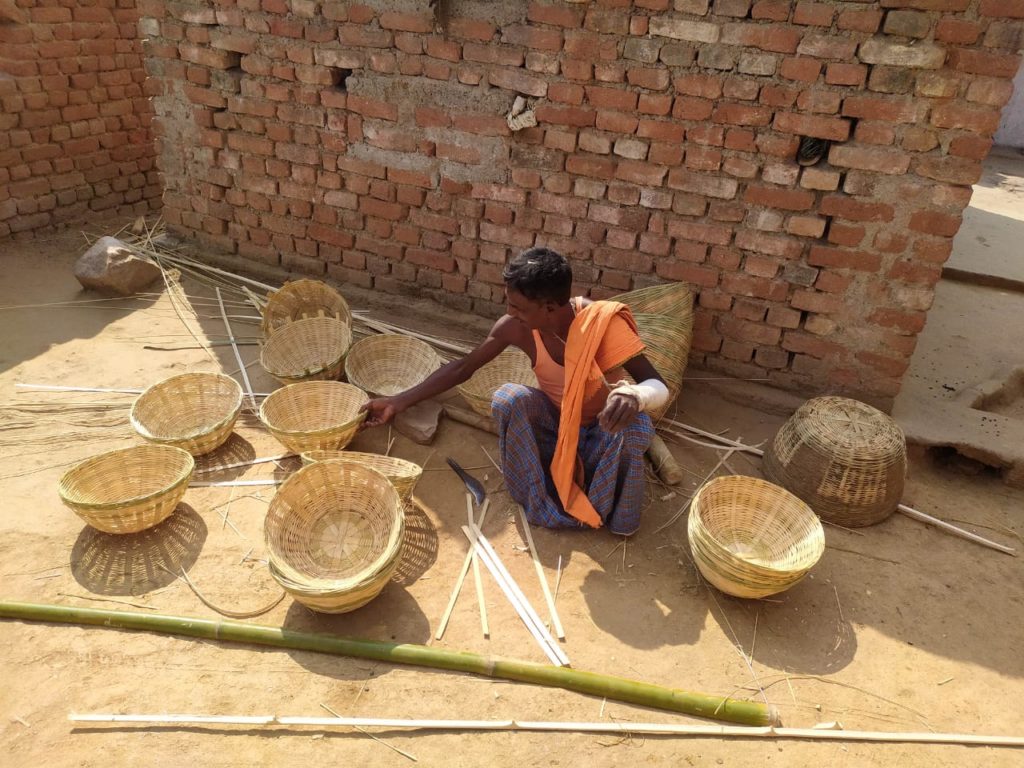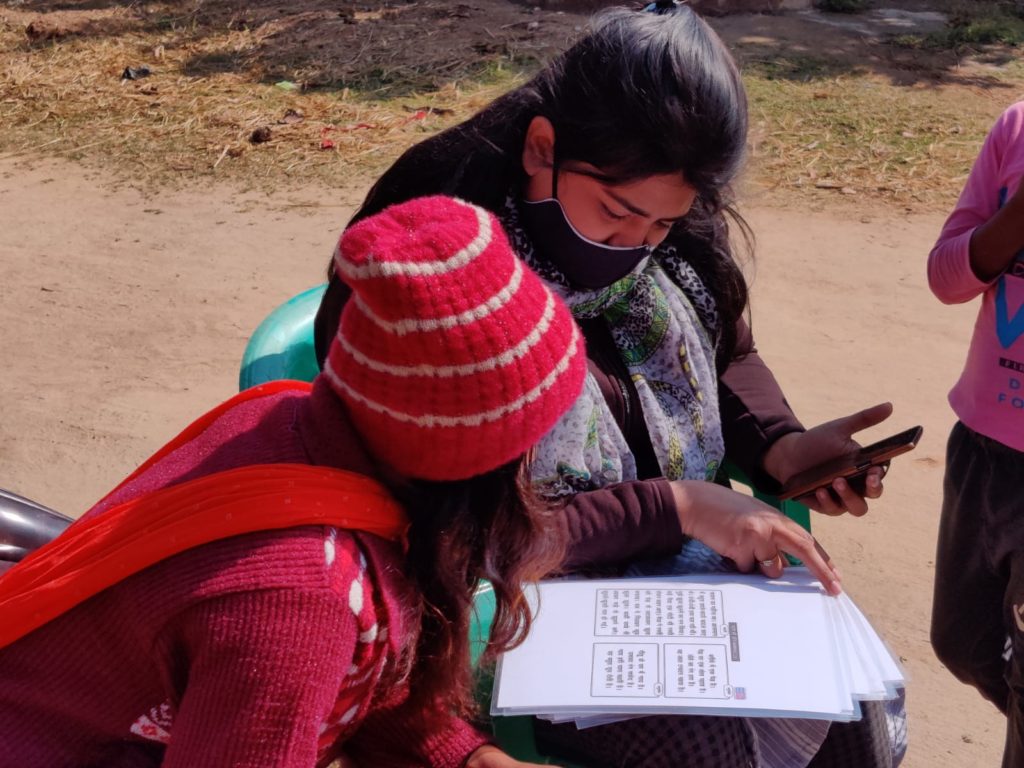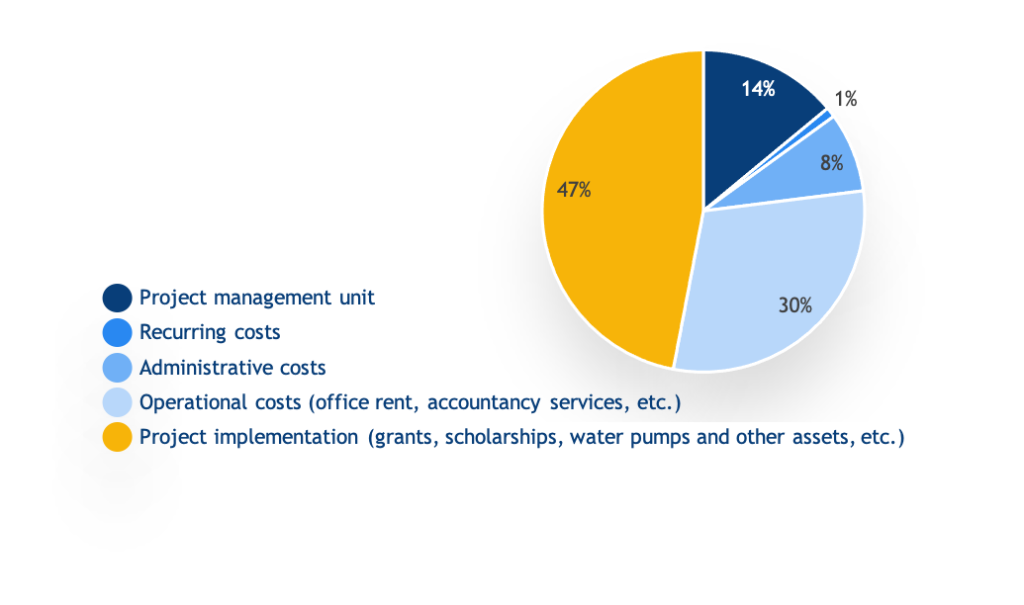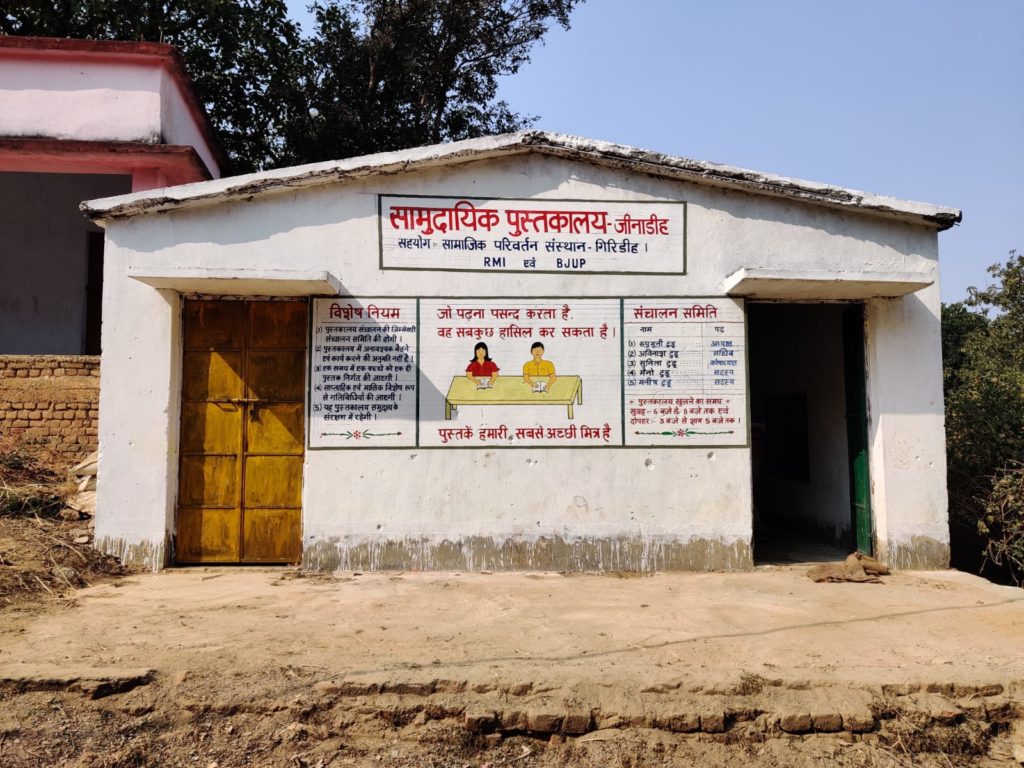
As part of its holistic approach to eradicate child labor in mica collection and mica mining in India, the Responsible Mica Initiative has developed Community Empowerment Programs (CEP). Implementation of these programs in two sets of 40 villages has been carried out by two consortium of local CSO partners.
The two consortium, BJSAM and CESAM, started the implementation of CEP in 2018 and 2019 respectively, each of them over a three-year period.
CEP implementation by BJSAM comes to an end in March 2021, after three years marked by an extensive baseline assessment, the building of a close relationship between mica-dependent communities and program partners, key successes achieved thanks to coordinated, efficient and targeted actions, and the COVID-19 pandemic.
Focused on the continuous improvement of its approach, the Responsible Mica Initiative has organized an external impact assessment of CEP to confirm their effective impacts, identify areas for improvement, develop a model-village concept and challenge programs’ and impacts’ sustainability.
Methodology & data sources
The impacts of CEP were assessed based on data coming from four different sources:

Monitoring & Evaluation Results
102% target achievement overall for social security component
194% target achievement for budgeted activities in the livelihood component
99% overall achievement of targets in the health component
94% overall achievement of targets in the education component
Financial Results
Total expenditure was 36.6 millions INR over the 25 months of the program.

Impact results
On the whole, many of the impact results confirmed the relationships outlined in RMI Theory of Change.
Some of the main results are highlighted below:

Recommendations
On top of confirming the effective impact of CEP for mica-dependent communities, Im-prove and Y-East teams highlighted areas for improvement:
Conclusions – Executive Summary of the study
The Responsible Mica Initiative deeply thanks all stakeholders that took part of the program and the assessment of its impacts, starting with mica communities, as well as RMI CSO partners, Im-Prove and Y-East teams and local community leaders.
Community Empowerment Program will benefit from this first external impact assessment: activities will be optimized, approach will be strengthened. We invite you to follow up with the upcoming implementation of CEP in a new set of villages of the mica belt !
The Executive Summary can be found here.